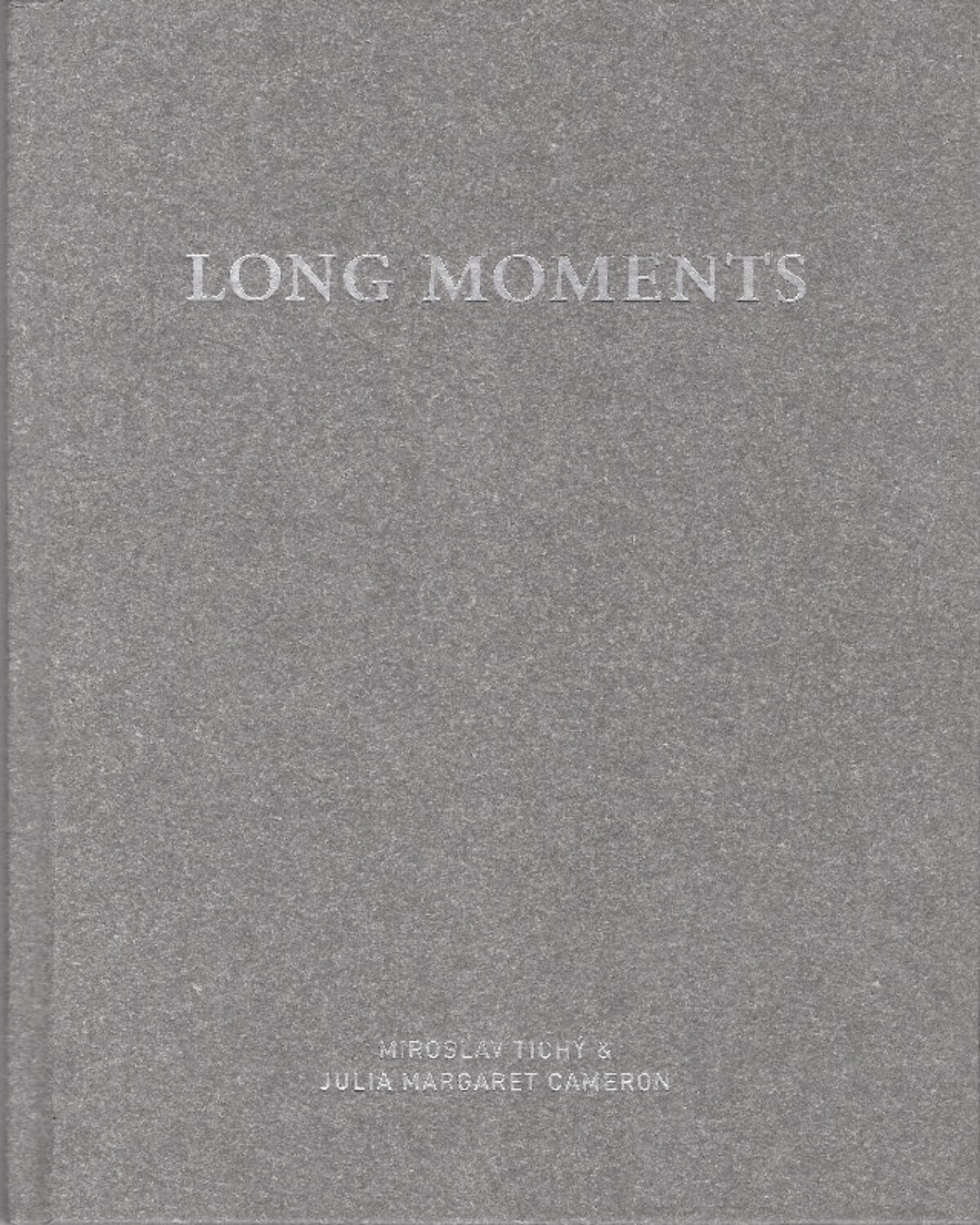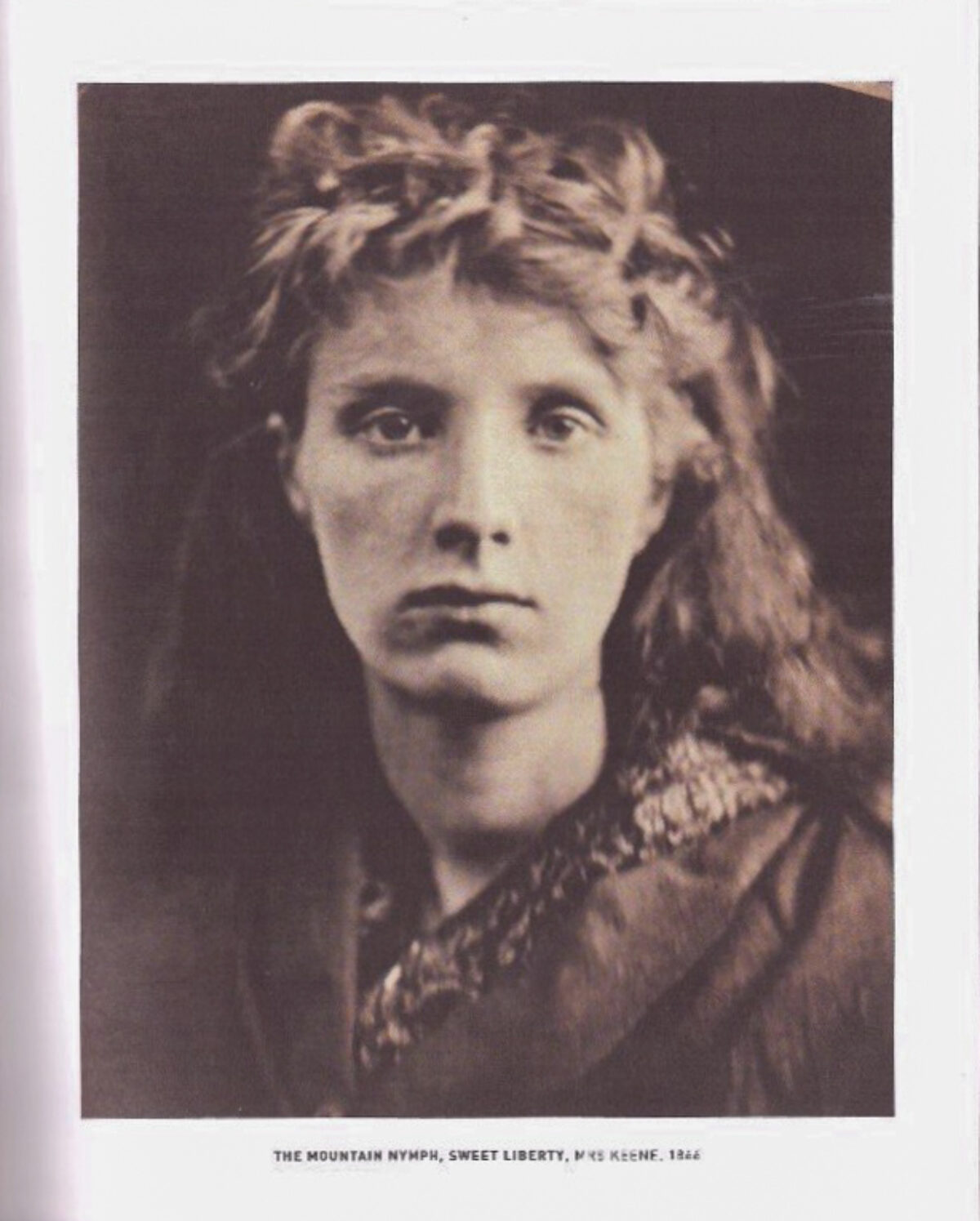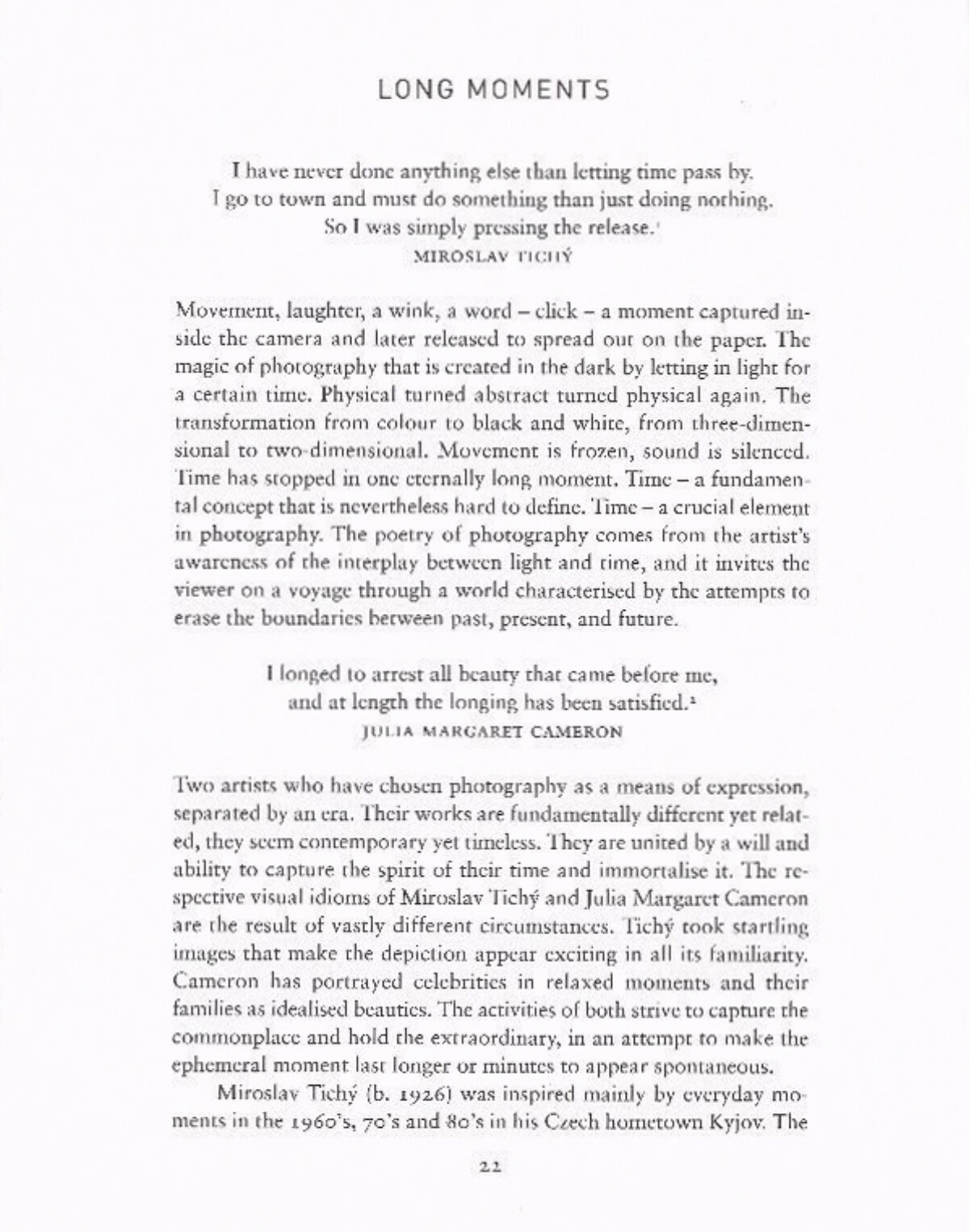Long moments
Towards the end of his life Eugène Delacroix (1798-1863) is said to have wished that the camera had been invented in his youth. What a lot of time he wasted drawing the human body – he may even have become a photographer! The same year as this great master’s death Julia Margaret Cameron’s daughter gave her mother the gift of a camera. One could consider this a strange coincidence. Perhaps Delacroix understood the significance of photography much earlier than many others.
Cameron’s extraordinary body of work is well documented in his-tory. Generations after generations have admired her dreamlike and fantastical images, her storytelling using pictures rather than words.
The modern invention became a natural part of Cameron’s world and rarely has a ‘technique matched a temperament so remarkably well.
It is said that the only truly new artistic medium in modern times is photography – an invention that has so dramatically changed the way we see ourselves. I won’t even attempt to approach a description of all the areas in which photography has become a natural part of our lives. Many of us find that we have developed an incredible ability to
‘decode’ (read) images. We analyze thousands of images daily. Most of them flash by our retinas for a few microseconds only to be replaced by new pictures in a constant stream. (Oftentimes we remember our dreams in picture sequences – not even when we sleep are we without images.)
Choosing Cameron’s unique images as a point of departure for this exhibition is sheer genius – not only does it anchor the exhibition historically but it also connects the oeuvre of world famous Cameron with the work of the much more recent discovery, the Czech photographer Miroslav Tichy. As a man who has lived a large part of his creative life as an outsider without close family in a totalitarian political system, Tichy’s process seems at odds with Cameron’s stable Victorian life. Tichy can be said to have created a world of acquaintances for himself by pointing his cardboard camera at strangers in an often dreary urban environment.
Those of us working in the visual arts often ask ourselves: is that which we have chosen to present today the best that is being produced right now? Or is there a parallel production of work, which will never reach a public? I have on several occasions had the great pleasure of working with one of our time’s greatest exhibition-makers, the brilliant Swiss curator Harald Szeemann. It was in part because of his enormous appetite for the unknown artist’ that he towards the end of his life became interested in Tichy’s unbelievable oeuvre and gave him a much deserved place in contemporary artistic discourse.
Magasin 3 Stockholm Konsthall is one of a few institutions worldwide that now has the opportunity of showing an extensive and representative selection of Tichy’s ‘forgotten’ images and for this we are enormously grateful. This would not have been possible without the vision and a sense for what is both important and new shared by a number of individuals. Magasin 3 would like to thank Roman Buxbaum from Fondation Tichy Océan as well as Lars Nittve, direc-tor, and Anna Tellgren, curator at Moderna Museet in Stockholm, for their generous support.
Finally I would like to express my deepest gratitude to Tessa Praun who has been a curator at Magasin 3 Stockholm Konsthall for several years now. It is Tessa’s impressive vision, knowledge, tireless hard work and her very own parallel discovery of Tichy that gives us this pioneering exhibition today.
David Neuman
Director of Magasin 3 Stockholm Konsthall


